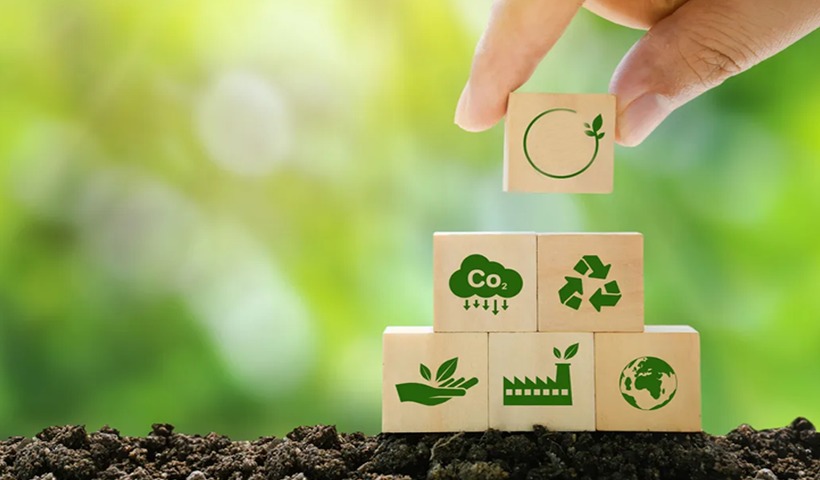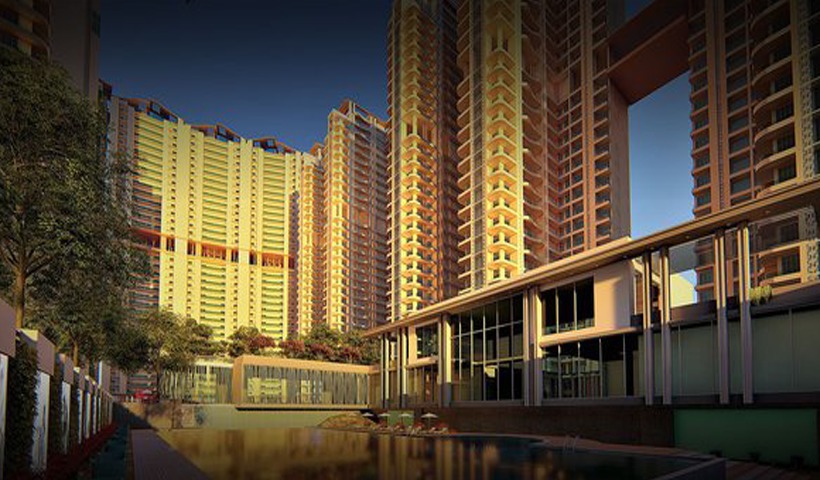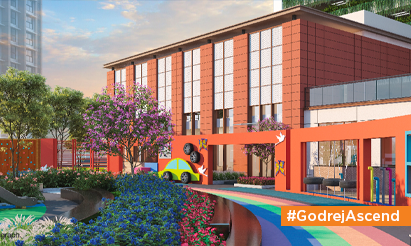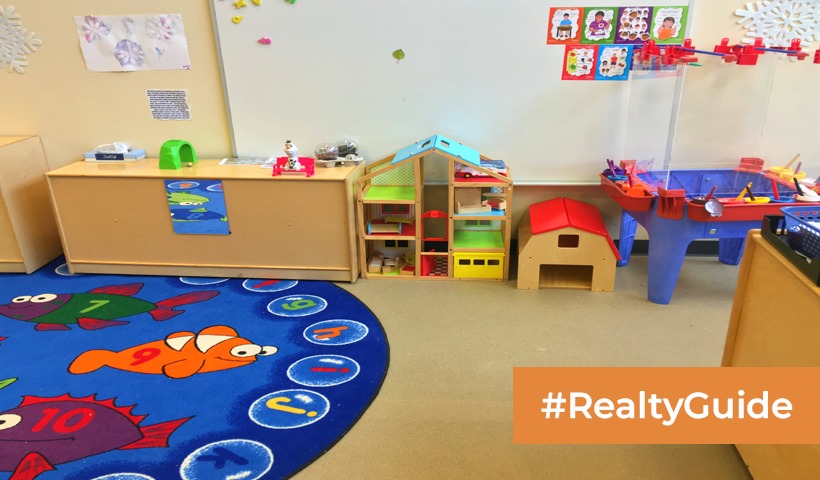Green Buildings: Pioneering India’s ESG Goals
India’s journey towards a sustainable future is gaining momentum, with Environmental, Social, and Governance (ESG) objectives at the core of its developmental strategy. A significant aspect of this movement is the focus on green buildings, which are proving to be more than just environmentally friendly structures; they are catalysts for economic growth and social well-being. This blog explores how green buildings are aligning with India’s ESG targets, backed by solid statistics and compelling
real-world examples.
The Role of Green Buildings in India’s ESG Framework
Environmental Impact: Green buildings in India are pivotal in minimizing the environmental footprint of urban development. According to the Energy Statistics India report, sectors like iron, steel, and construction are major energy consumers. By integrating eco-friendly designs and technologies, green buildings significantly reduce energy consumption—statistics indicate that buildings typically account for 40% of global energy use, a number that green buildings can dramatically decrease.

Economic Benefits: Contrary to the belief that green buildings are cost-prohibitive, they present substantial long-term savings. The initial higher investment is offset by reduced operating costs over the building’s lifespan. Moreover, as India pushes towards sustainable economic development, green buildings are becoming increasingly attractive to investors and tenants alike, promising long-term financial gains.
Social Advantages: On the social front, green buildings contribute to healthier and more productive environments for occupants. Features like improved air quality and natural light not only enhance well-being but also boost productivity, creating a positive loop that benefits both individuals and businesses.

Government Initiatives and Policy Support
The Indian government has implemented a robust framework to promote the construction of green buildings: Leadership in Energy and Environmental Design (LEED): India has widely adopted the LEED
certification system, promoting sustainable construction practices across commercial and residential projects. Notable buildings, including Terminal 3 of Delhi’s Indira Gandhi International Airport, have
achieved LEED certification, showcasing the country’s commitment to green building standards. National Building Code of India: Recent updates to the building code include provisions for green construction, ensuring that new developments incorporate sustainability from the ground up. Smart Cities Mission and Pradhan Mantri Awas Yojana (PMAY): These initiatives emphasize sustainable urban development and affordable housing with green principles at their core, aiming to reduce the overall environmental impact of new urban areas.

Real-World Impact and Examples
Embassy REIT’s ESG Commitments:
Embassy REIT, an Indian real estate investment trust, has shown remarkable dedication to sustainability. With a goal to secure 100% USGBC certification across its portfolio by FY2023, it has already achieved LEED Platinum status for all 77 operational buildings. Furthermore, its ’75/25 Renewable’ program aims to power at least 75% of its operations with renewable energy by FY2025, demonstrating a significant commitment to environmental sustainability.
DLF’s Green Achievements:
DLF, one of India’s leading real estate developers, has integrated green standards across its developments. Approximately 39 million square feet of its rental portfolio is LEED Platinum certified, and it boasts the largest residential project in the world to receive Platinum Certification under LEED v4.1 O+M: Existing Buildings. This not only highlights DLF’s commitment to sustainability but also sets a benchmark for the industry.
Mindspace REIT’s Eco-Friendly Construction:
As part of the ‘K Raheja Corp Group’, Mindspace REIT emphasizes the construction of eco-friendly buildings. By the end of March 2023, 97% of its operational area held green certifications (LEED Platinum or Gold), reflecting its commitment to sustainable building practices.
Smart Cities Mission, and PMAY, India is well on its way to becoming a leader in sustainable urban development. The commitment of major players like Embassy REIT, DLF, and Mindspace REIT further reinforces the potential for green buildings to transform the landscape of Indian real estate, making it both sustainable and profitable. As India continues to build on these green foundations, the impact will resonate not just within its borders but globally, setting a precedent for sustainable growth in the 21st century.
Disclaimer: The views expressed above are for informational purposes only based on industry reports and related news stories. Property Pistol does not guarantee the accuracy, completeness, or reliability of the information and shall not be held responsible for any action taken based on the published information.




